“Hey mom, I’ll be at the station at six, remember to pick me up.”
“Okay … I … and your dad … ” In the video, Dad just got half of his face in and got stuck. “The other party’s network is not good” is displayed.
There is no place where the Internet is worse than on the high-speed rail, except my home.
When I got home, I began to “blame” my parents for not replacing the router they had used for so many years. They were dissatisfied, saying that a while ago the World Cup, the operator had activities and had already upgraded the network broadband by 200 megabytes. “The broadband has been upgraded, how can I pay back the card?”
I blew away the dust on the router in the corner and showed it to them: “This is a 100M router!”
“The forwarding performance of the router is limited by the connection rate of the port. The forwarding performance of a 100M router can only reach 100Mbps. That is to say, if the broadband is above 100M, the router must be upgraded to Gigabit to maximize the broadband performance.”
“What do you mean, Bai has upgraded?”
They seem to understand. So I decided to transform the network at home and teach them how to use the router correctly, in a way they can accept.
Router, the more antennas, the faster?
“Look, this router is like an octopus, it must be strong!” I thought to myself, wouldn’t my mother be fooled by the operator like this?
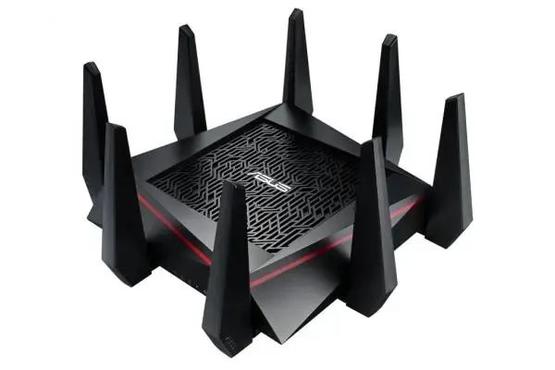
“Octopus”, an eight-antenna router 丨 Picture source ASUS
It cannot be said that there is no reason at all.
Each generation of Wi-Fi technology standard iterations will usher in an increase in transmission rate. One of the most important points is that the Wi-Fi Alliance introduced MIMO (Multiple Input Multiple Output) technology when formulating the Wi-Fi4 standard. MIMO “splits” the data to be transmitted into several parallel signal streams, transmits them with independent antennas on the same frequency band, and then reassembles them at the client.
It’s like the width of the road has been fixed, but a viaduct is built on it, so that traffic can be opened up and down, and the car runs faster. Under the 802.11n protocol (Wi-Fi4), the maximum 150Mbps for the next channel of MIMO, and 300Mbps for the two channels.
“Multi-antenna” is a “tool” to implement MIMO technology, so the more antennas a router has, the higher its theoretical maximum network rate will be.
Focus, in theory.
With the Wi-Fi protocol standard 802.11n, adding support for the 5GHz frequency band, dual-band routers appeared. In the early days, due to technical limitations, the 2.4G and 5G frequency bands were equipped with separate antennas, so there were many four-antenna and even Octopus routers on the market at that time.
With the advancement of antenna technology, (2.4GHz and 5GHz) dual frequency bands can share a single antenna. For example, ASUS’s early RT-AC66U achieved the rate of 3 2.4GHz frequency bands + 3 5GHz frequency bands through three dual-band antennas.
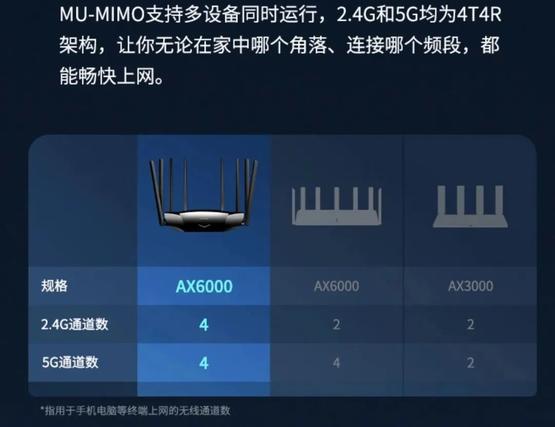
Multiple antennas become the promotional selling point of routers丨Image source Xiaomi
Antenna performance is improving, not to mention that many routers now use built-in antenna design, and it is impossible to intuitively distinguish the number of antennas, so it is not appropriate to use the “number of antennas” to judge.
“Slow Internet access” can’t be blamed on the router. If the terminal device does not support Wi-Fi6, then the high-speed router has no room to play.
“What? Then I have to change my phone?”
Because of network problems, family conflicts quickly emerged. One morning, I asked my mother to help pass a roll of toilet paper. Five times “Mom” was drowned by short videos and laughter. I can only open WeChat, why! Why can’t the news go out!
I can only help myself. Open the router settings interface and set your mobile phone to 2.4GHz, which is the same frequency band as the refrigerator and camera at home. The 2.4GHz frequency band has low frequency, long wavelength and strong penetrating power. On the contrary, the 5GHz frequency band has a high degree of attenuation after “passing through the wall”.
The card was stuck a little bit, and the news was finally sent out slowly. “Okay, wait a minute, I’ll come when I finish swiping this one.” Isn’t there a way to make the signal better without being so “humble”?
They say it’s “The King Through Walls!”
There are two factors that determine the wireless signal strength of a router, transmit power and antenna gain.
The transmit power is determined by the Wi-Fi chip and has nothing to do with the antenna. The “ceiling” of the transmission power has been stipulated (domestic home-grade wireless routers, the transmission power cannot exceed 100mW). Can you “infinitely” pursue greater antenna gain?
The cost of high gain and energy concentration is that the beam becomes narrower, and the coverage of Wi-Fi signals will be uneven, with strong signals in some directions and weak signals in some directions. Then you find that after replacing the high-gain antenna, the corner of the toilet still cannot receive the signal.
The Wi-Fi signal in Android is divided into five levels, corresponding to grid 0, grid 1, grid 2, grid 3, and grid 4. 0 grid signal is less than or equal to -100 (dbm), 1 grid signal is between (-100, -88], 2 grids (-88, -77]; 3 grids (-66, -55]; 4 grids are greater than or equal to – 55 (generally negative value at the receiving end). The signal drops from 3 grids to 2 grids, and the signal is attenuated by 11dB-33dB (dB indicates the result of the difference).
The home environment is very complicated, and the wireless signal encounters many obstacles in the propagation, and there is almost no direct signal. The signal penetrates the wall, and part of it has to be “absorbed”. For example, for a 25cm cement wall, the penetration loss is 20dB-30dB.
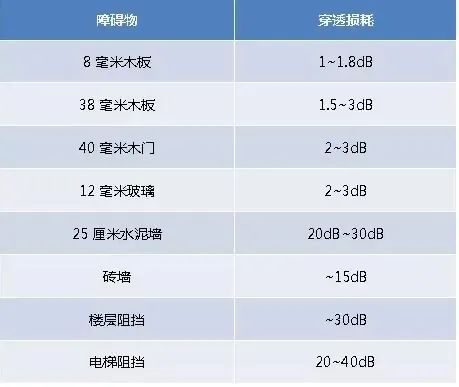
2.4G Wi-Fi signal penetration loss丨Image source TP-Link
“Every wall will drop a frame of signal” was verified by me. At this time, my mother believed that I did not make trouble for no reason just now with numb legs.
I immediately pointed the “spearhead” at her. Picking up the dusty router in the corner, she told her that if it is placed like this, the signal of an expensive router will not be much better.
1) Theoretically speaking, there must be a “location with the highest signal coverage” in everyone’s home, usually in the center of the house. So I replaced the “gold ingot” on the central TV cabinet in the living room. Of course, a more rigorous approach is to refer to the degree to which different obstacles weaken the signal. For example, glass weakens less than cement walls, and wooden doors weaken less than glass. (If you are obsessive-compulsive and can’t stand the router and a bunch of network cables in the middle of the living room, please see the following.)
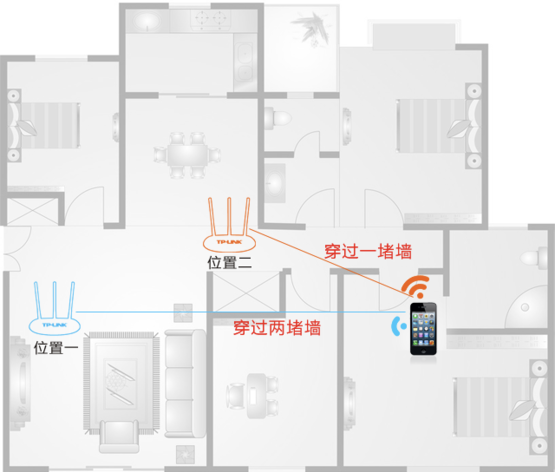
How to place the router correctly丨Image source TP-Link
2) Do not put the antennas of the router together to interfere with each other. The top or bottom of the antennas is the weak point of signal coverage, and the reception effect will be affected. Put the router antenna upright at 90° vertically, the wireless signal in the horizontal direction is the strongest, and the wireless coverage is the widest.

The home environment is very complicated, and the wireless signal encounters many obstacles in the propagation, and there is almost no direct signal丨Image source Giphy
3) If you use a dual-band router at home, you can forcefully split the 2.4Ghz frequency band and the 5Ghz frequency band as described above. The advantage of 2.4GHz is that the signal has less attenuation in the air and between walls, and the propagation distance is far and the range is large. The advantage of 5GHz is that the network speed is stable and supports high-speed transmission, but the signal is not easy to “pass through walls”.
Most home appliances such as Bluetooth and home wireless phones still use the 2.4GHz frequency band. Pay attention to the placement of the router to reduce interference.
4) The router has been continuously receiving and transmitting signals, processing a large amount of redundant data for a long time. Try restarting? Rebooting will reset the router’s memory, clearing the internal cache. Many routers on the market now support setting a scheduled restart. For example, you can let it automatically restart at 3:00 every Wednesday night.
My mother said to “break away”
My mom finally agreed to replace the router at home, but was about to throw the old one away.
“Wait!” I stopped her. The old router can be turned into a “slave router” without wiring, and can directly wirelessly relay with the newly purchased master router to expand the coverage of the wireless network. Similar to relaying and amplifying Wi-Fi signals.
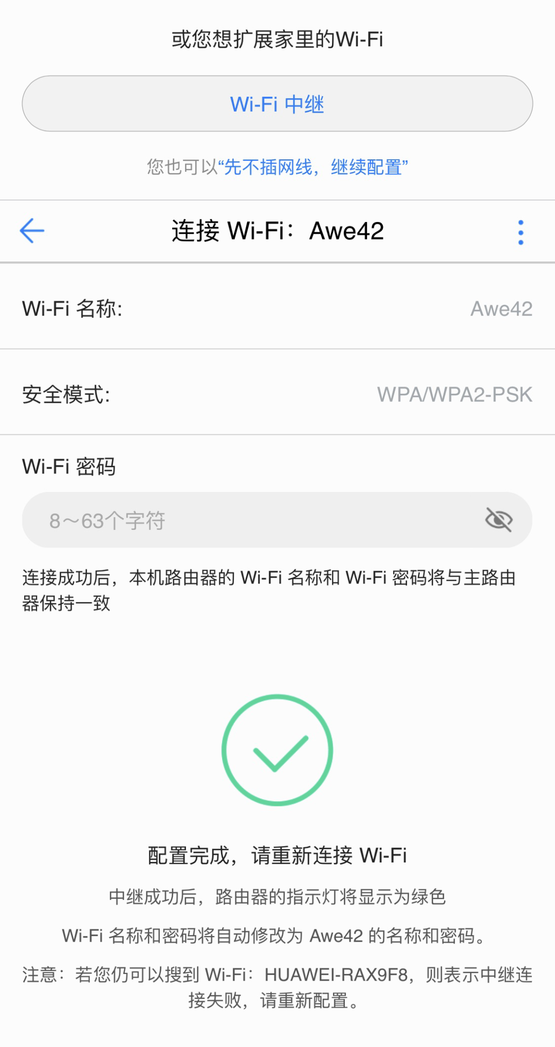
Don’t throw away the old router, it can still be used after cleaning up丨The author of the picture source
I demonstrated it to her, reset the old router, select “repeater mode” directly in the initial setting, connect to the Wi-Fi of the new router like networking, the Wi-Fi of the old router will be merged into the new router, and the signal range will also be adjusted accordingly. of the merger. Then put the old router at the door of the toilet, close the door and go to the toilet, and the signal is full (previously tested by myself).
Although the speed of the wireless network after the relay will decrease to a certain extent. Using the wireless repeater mode, if the main router is broken, it will be like a locomotive stop, and the whole house network will be paralyzed. But this is the most cost-effective solution to signal problems under small and medium-sized houses.
Facing the “dazzling” router parameters, I told her the easiest way. “Is it enough?” In fact, you can know it from the product name.
For product names like AC2100/AX1800, AC stands for Wi-Fi5, because the full name of the Wi-Fi5 protocol is IEEE802.11AC; AX stands for Wi-Fi6, and the latter standard code is IEEE802.11AX. “2100” and “1800” indicate the maximum bandwidth rate supported by this router, and 1800 means that the maximum download rate can reach 1800 Mbps (megabits per second).
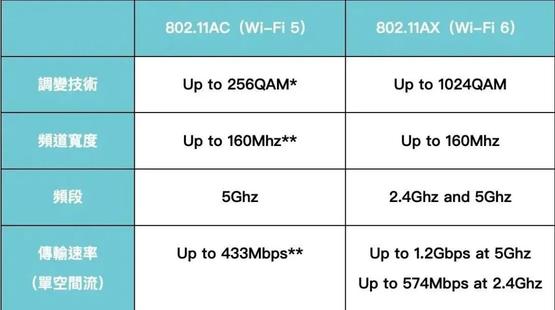
Wi-Fi5 and Wi-Fi6 protocol standards丨Image source TP-Link
Taking 200M broadband (200Mbps) as an example, its “theoretical” download speed is 25MB/s. In actual use, affected by fluctuations and impairments in transmission, the normal download speed is around 20MB/s. If you want to watch 4K video online without freezing, you need a transmission rate (after H.265 standard compression) of 1.5MB/s-5MB/s.
My mother smiled: “Enough is enough, your dad and I will watch videos, and the 1800Mbps router is enough to watch several routers!”
I:?
references
[1] https://ift.tt/hNRF098
[2] https://ift.tt/inDXUNr
[3] https://ift.tt/zF7mGC8
Author: Cake Level Freezing Fog
Editor: Shen Zhihan

This article comes from Guoke, and shall not be reproduced without authorization.
If necessary, please contact [email protected]

This article is transferred from: http://www.guokr.com/article/463299/
This site is only for collection, and the copyright belongs to the original author.